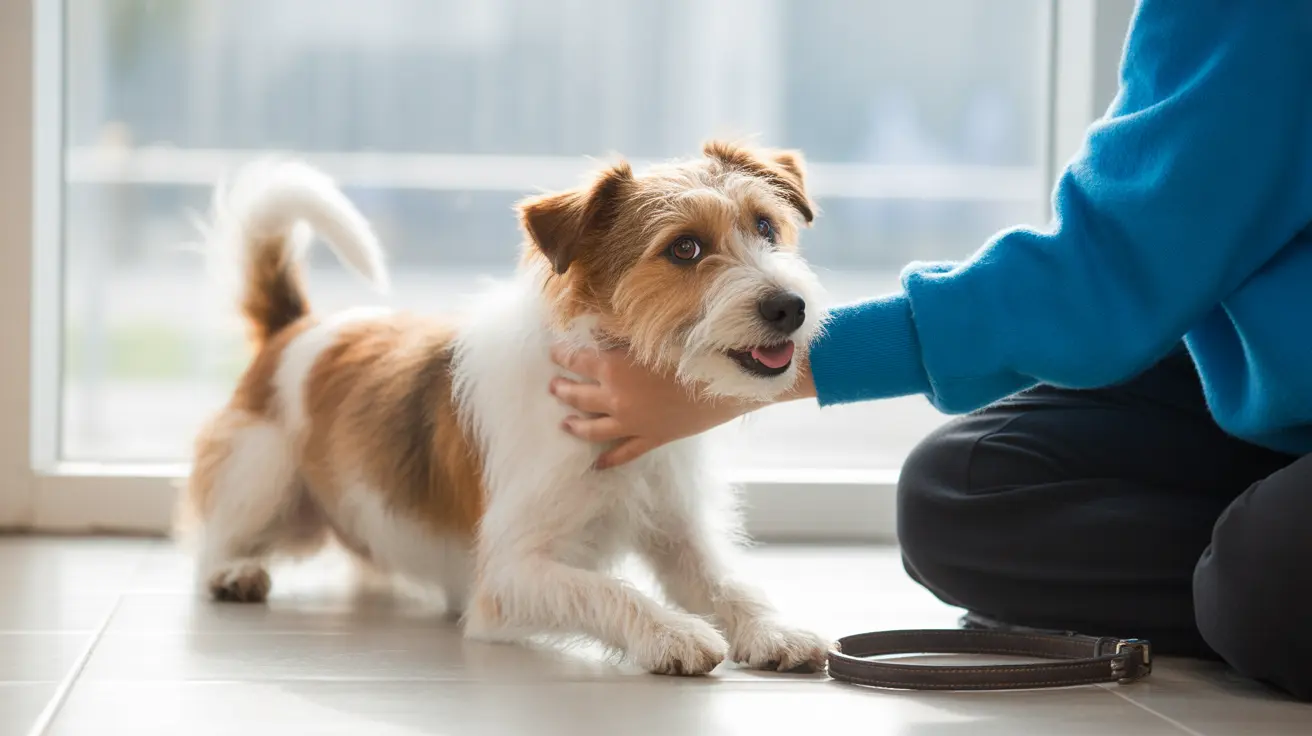Understanding How Dogs Think: Inside the Canine Mind
Ever wondered what goes on inside your dog's head? While dogs can't tell us directly, research in dog cognition reveals a world that's both familiar and fascinatingly different from our own. Let's explore how dogs process information, solve problems, and form relationships—all without the use of human language.
The Sensory World of Dogs
Dogs experience their environment primarily through their senses—especially smell. Their olfactory abilities far surpass ours, letting them gather rich information from scents we barely notice. When a dog thinks about a favorite toy or person, it doesn't just recall the look but also the smell and texture. This multimodal sensory representation means their thoughts are built from layered sensory snapshots rather than words or internal dialogue.
- Smell: The dominant sense for identification and exploration.
- Sight: Used for recognizing movement and visual cues.
- Hearing: Important for responding to voices and environmental sounds.
This sensory-based thinking allows dogs to navigate their world efficiently—finding food, avoiding danger, or seeking comfort from familiar humans or animals.
Cognition: Memory and Learning
Dog intelligence isn't just about instinct; it's about learning from experience. Dogs use classical and operant conditioning to associate actions with outcomes (like sitting for a treat) and learn by watching others—both humans and fellow dogs. Social learning lets them pick up new skills quickly through imitation.
Their memories are more advanced than simple associations. Dogs can recall recent events (episodic-like memory) and repeat spontaneous actions after delays. This suggests they form mental representations of past experiences—remembering not just what happened but also where and how it occurred.
- Episodic-like memory: Recall of specific events or actions.
- Procedural memory: Ability to carry out multi-step instructions or routines.
The Emotional Life of Dogs
Dogs aren't just thinking machines; they're deeply emotional creatures. Their brains process emotions in ways similar to humans. Studies show that dogs can recognize human facial expressions, respond to our moods, and even synchronize their behavior with ours. They feel happiness, anxiety, fear, jealousy, anticipation—and these states influence how they interpret situations around them.
- Cognitive bias tests can measure a dog's mood state (optimistic vs pessimistic).
- Oxytocin levels rise during positive human-dog interactions—evidence of emotional bonding.
Sophisticated Problem-Solving Skills
You might've seen your dog figure out how to open a door or untangle itself from a leash. That's not just luck—it's problem-solving at work! Dogs use learned behaviors creatively to achieve goals: navigating obstacles for treats or attention, anticipating routines (like grabbing the leash before a walk), or even deceiving others by hiding treats or misdirecting attention.
- Navigating obstacles for rewards.
- Misdirecting attention to protect resources.
- Executing multi-step plans (e.g., nuzzling for affection).
This flexibility shows that canine thought isn't limited to simple stimulus-response patterns; it involves planning and adapting based on prior outcomes.
The Social Side: Attachment and Communication
Dogs are social animals shaped by millennia alongside humans. They form strong attachments—not only with people but also with other dogs—and express empathy when companions are distressed. Their ability to read human gestures (like pointing), facial expressions, and even the direction of gaze is unique among domesticated animals.
- Synchronizing behavior: Mirroring human actions or moods in daily life.
- Name recognition: Some dogs learn names for dozens (or hundreds) of objects—a skill most common in certain breeds like Border Collies.
The strength of these bonds depends on early experiences, genetics, breed tendencies, and individual temperament. Puppies develop attention to human gestures early on; complex social skills mature as they grow older.
No Inner Speech: How Dogs' Thoughts Differ From Ours
A key difference between dog thinking and human thought is language—or rather its absence in dogs' minds. Instead of words or inner monologues, dogs think through images, smells, emotional drives (like hunger), learned associations (leash means walk), predictions based on patterns they've observed before, and action strategies built from experience. Their thoughts are dynamic blends of what they sense right now plus memories that guide their next move.
- Sensory imagery: Internal pictures/smells/textures instead of words.
- Motivational states: Drives like hunger or desire for play shape behavior moment-to-moment.
- Pattern learning: Recognizing routines helps anticipate future events without abstract reasoning.
Diversity in Canine Cognition
Cognitive abilities vary across breeds and individuals—some excel at herding tasks while others shine as retrievers—but all share core skills like learning by observation and forming attachments. Exceptional "Gifted Word Learner" dogs can fast-map new object names using multisensory cues; however, even these abilities resemble those of young children more than adults.
A Day in the Mind of a Dog
If you could step inside your dog's mind for a day you'd find thoughts revolving around present needs: finding food or comfort, interpreting cues from people nearby, remembering where toys are hidden—or simply enjoying companionship. Their thinking may lack our abstract reasoning but supports rich social lives full of learning, empathy, anticipation—and plenty of surprises along the way!





